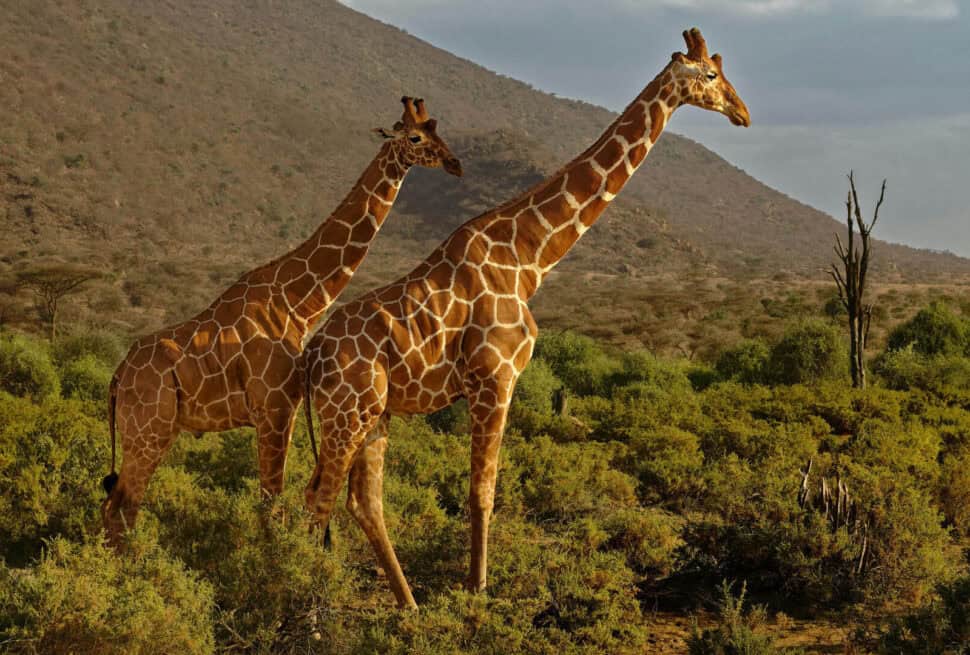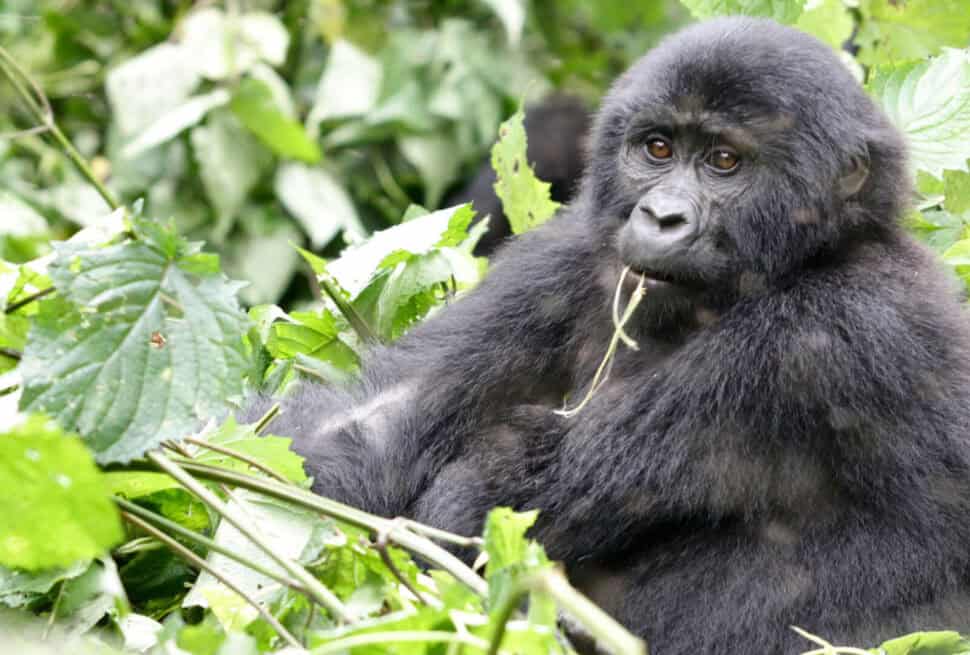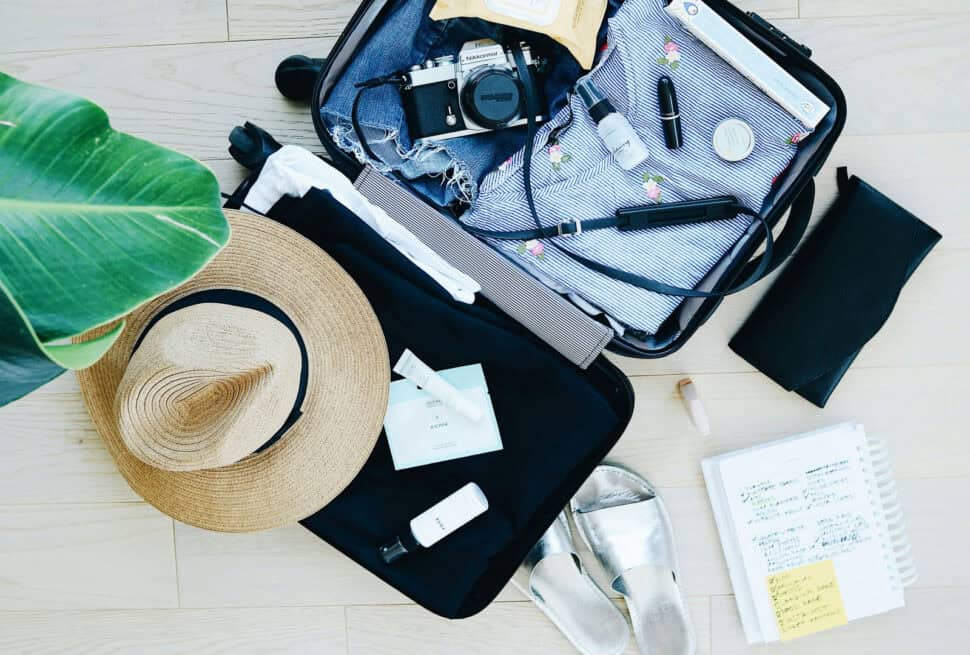A journey through East Africa isn’t complete without meeting the people who bring its landscapes to life. Beyond the wildlife safaris and white-sand beaches lies a rich cultural heartbeat — one defined by deep traditions, vibrant colors, and warm hospitality.
Among the region’s most captivating cultural experiences are visits to the Maasai, Samburu, and Swahili communities. Each offers a distinct window into Africa’s living heritage, where ancient customs coexist with modern realities, and visitors are welcomed not as spectators but as guests.
The Maasai: Guardians of Tradition on the Savannah
The Maasai are perhaps East Africa’s most iconic community — instantly recognizable by their red shukas (robes), intricate beadwork, and graceful warrior posture. Living primarily in southern Kenya and northern Tanzania, they have preserved a semi-nomadic way of life that revolves around cattle, which symbolize wealth, identity, and sustenance.
Visiting a Maasai village near the Masai Mara or Amboseli National Park offers travelers a chance to see beyond the safari. Here, you’ll learn about their customs, from traditional dances and songs to the art of fire-making and the meaning behind their colorful jewelry.
Guests are often invited into a manyatta (a traditional mud hut), where elders share stories of resilience and the deep bond between the Maasai people, their cattle, and the land.
What makes this encounter special is its authenticity. It’s not a performance but a glimpse into a culture that continues to stand proudly in harmony with nature, despite the pressures of modernization.
The Samburu: A Close-Knit People of the Northern Frontier
North of the equator, in the rugged landscapes of Samburu County, lives another proud community — the Samburu people, close relatives of the Maasai but with traditions and styles uniquely their own.
The Samburu are semi-nomadic pastoralists who thrive in one of Kenya’s most dramatic settings — a land of mountains, riverbeds, and open plains where elephants, lions, and leopards roam freely. A cultural visit here offers a deeper, more intimate experience.
Travelers often find the Samburu to be among the most welcoming communities, eager to share their way of life. You’ll witness traditional dances, learn how they track wildlife, and hear how their social structures revolve around family, age groups, and respect for elders.
The women’s beadwork tells stories of beauty, status, and identity, while men take pride in their roles as protectors and herders. Every interaction feels personal, shaped by genuine curiosity and mutual respect.
Many visitors describe Samburu encounters as transformative — less about sightseeing and more about human connection.
The Swahili Coast: A Cultural Tapestry by the Sea
Travel eastward and the rhythm changes. Along Kenya’s and Tanzania’s coastline lies the world of the Swahili, a culture born from centuries of interaction between Africans, Arabs, Persians, and Indians through trade and migration.
The Swahili way of life blends the warmth of Africa with the grace of the Indian Ocean world. In towns like Lamu, Malindi, and Mombasa, narrow winding streets reveal intricately carved wooden doors, centuries-old mosques, spice markets, and breezy courtyards filled with laughter and the aroma of coconut and cardamom.
The Swahili language itself — Kiswahili — is one of East Africa’s great unifiers, spoken by millions across the continent. It carries the region’s poetry, music, and proverbs, all reflecting a spirit of community and generosity.
Travelers can experience Swahili culture through local homestays, dhow sailing trips, traditional Swahili cooking classes, or guided heritage walks through Lamu Old Town, a UNESCO World Heritage Site.
Here, life moves with the tides — slow, graceful, and deeply connected to the sea.
Why Cultural Encounters Matter
Wildlife safaris may reveal nature’s majesty, but cultural encounters show you the soul of Africa. They allow travelers to see life through the eyes of the people who call this land home, fostering empathy and understanding beyond the lens of tourism.
Engaging with local communities also supports sustainable travel. Entrance fees, homestay programs, and craft purchases directly benefit villages, helping fund education, healthcare, and conservation efforts.
These experiences create a cycle of mutual respect — travelers gain insight, while local communities gain recognition and economic empowerment.
Practical Tips for Meaningful Cultural Visits
- Go with a local guide. A knowledgeable guide bridges cultures, translates conversations, and ensures that your visit respects community boundaries.
- Ask before taking photos. Always seek permission, especially in villages. Respect builds trust.
- Support local artisans. Buying beadwork, carvings, or textiles helps sustain traditional craftsmanship.
- Dress modestly and mindfully. Especially in rural and coastal areas where traditions are observed.
- Be open-minded. Differences in customs or pace are part of the experience. Embrace them with humility.
By approaching each visit with curiosity and respect, you’ll find yourself forming genuine connections that last far beyond your trip.
When to Go
Cultural experiences in Kenya and Tanzania can be enjoyed year-round. However, visiting during local festivals or community ceremonies can make your trip even more memorable.
- Maasai and Samburu regions: Best paired with a safari between June and October or December to February, when weather is pleasant and roads are easier to navigate.
- Swahili Coast: The coastal climate is warm year-round, with July to March offering the most comfortable conditions for exploring and sailing.
Each season brings its own charm — there’s never a bad time to experience East Africa’s cultures.
A Journey of Connection
Meeting the Maasai, Samburu, and Swahili people is more than a cultural detour — it’s a reminder that travel is about connection. It’s about stepping beyond your world and into someone else’s rhythm, listening, learning, and finding common ground in shared humanity.
Whether you’re sitting under the acacia trees of Samburu, watching the sunset from a Maasai village, or wandering through the spice-scented alleys of Lamu, you’ll feel it — the pulse of Africa, alive in its people.
Every handshake, every smile, every story adds depth to your journey. And as you return home, you’ll realize that the most powerful souvenirs aren’t carved from wood or stone — they’re the memories of the people who welcomed you with open hearts.




